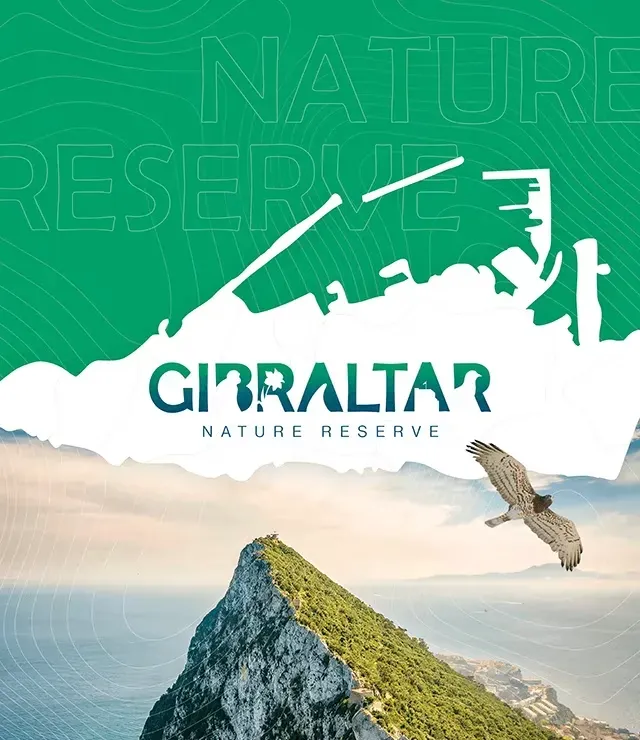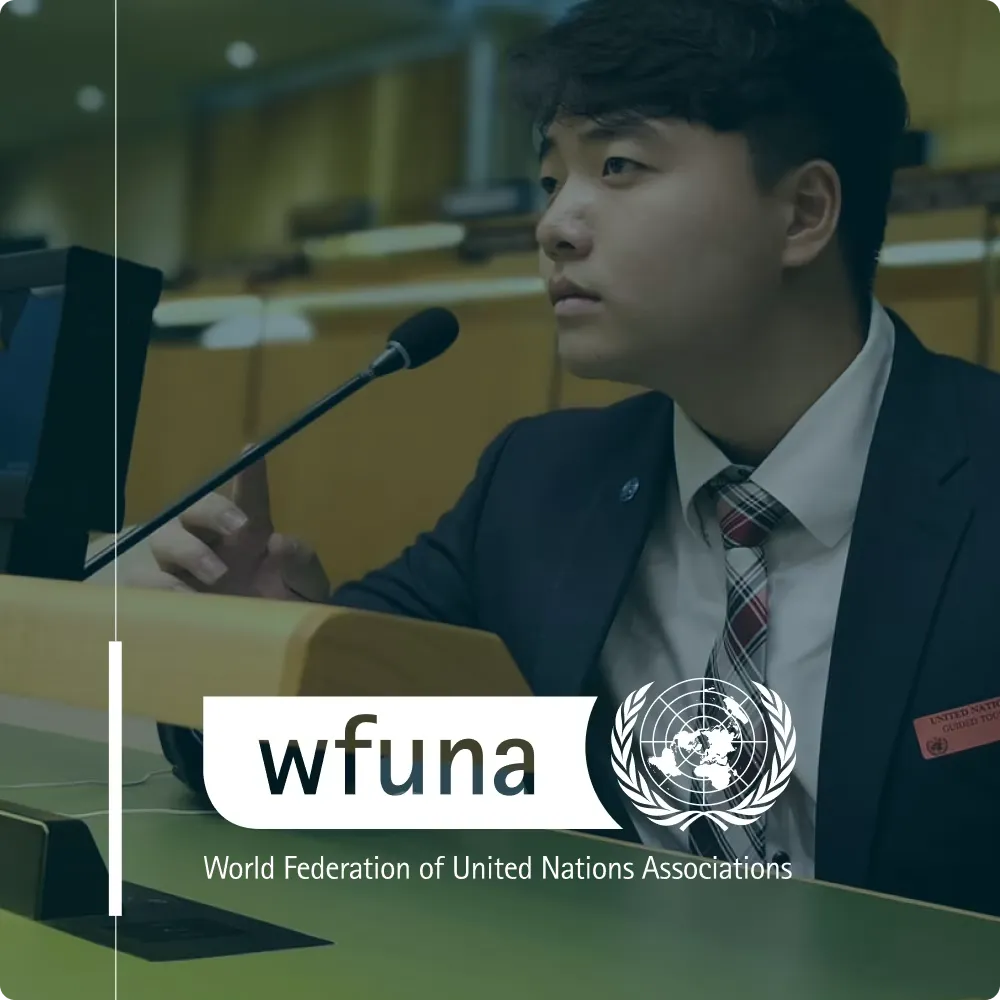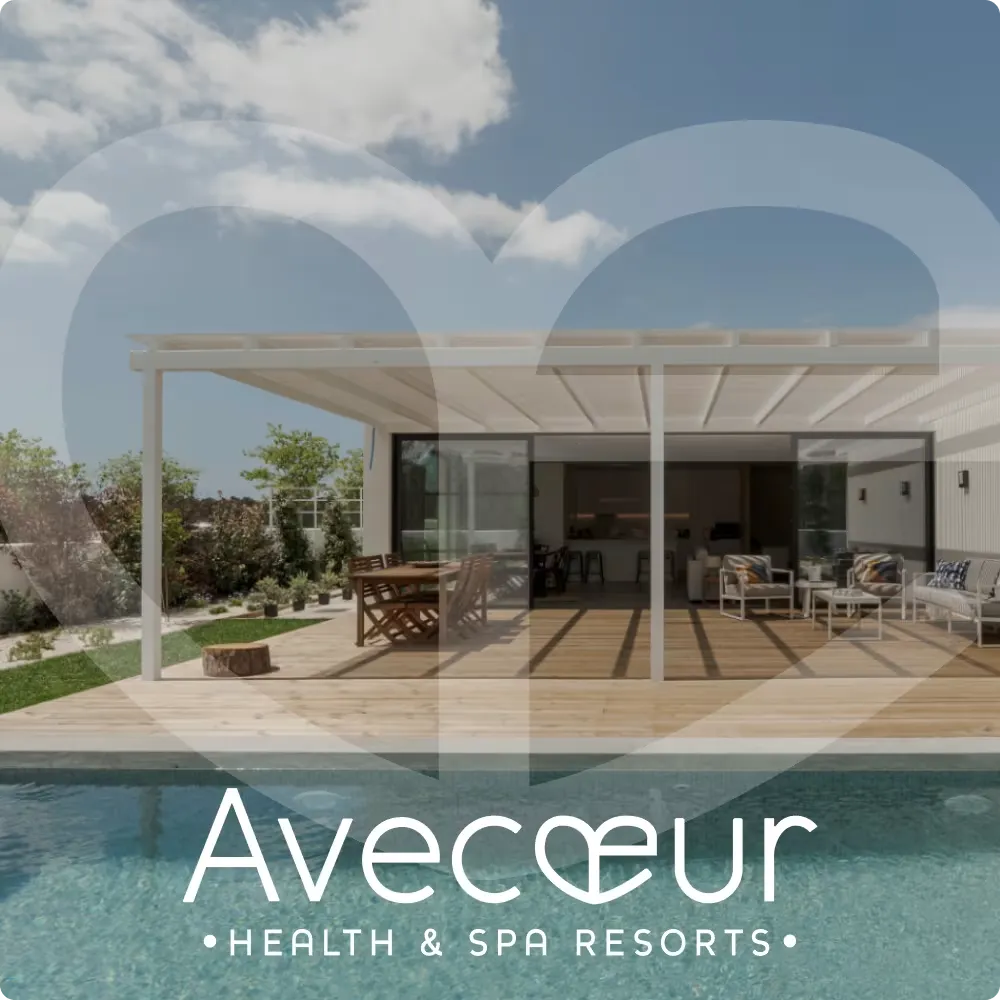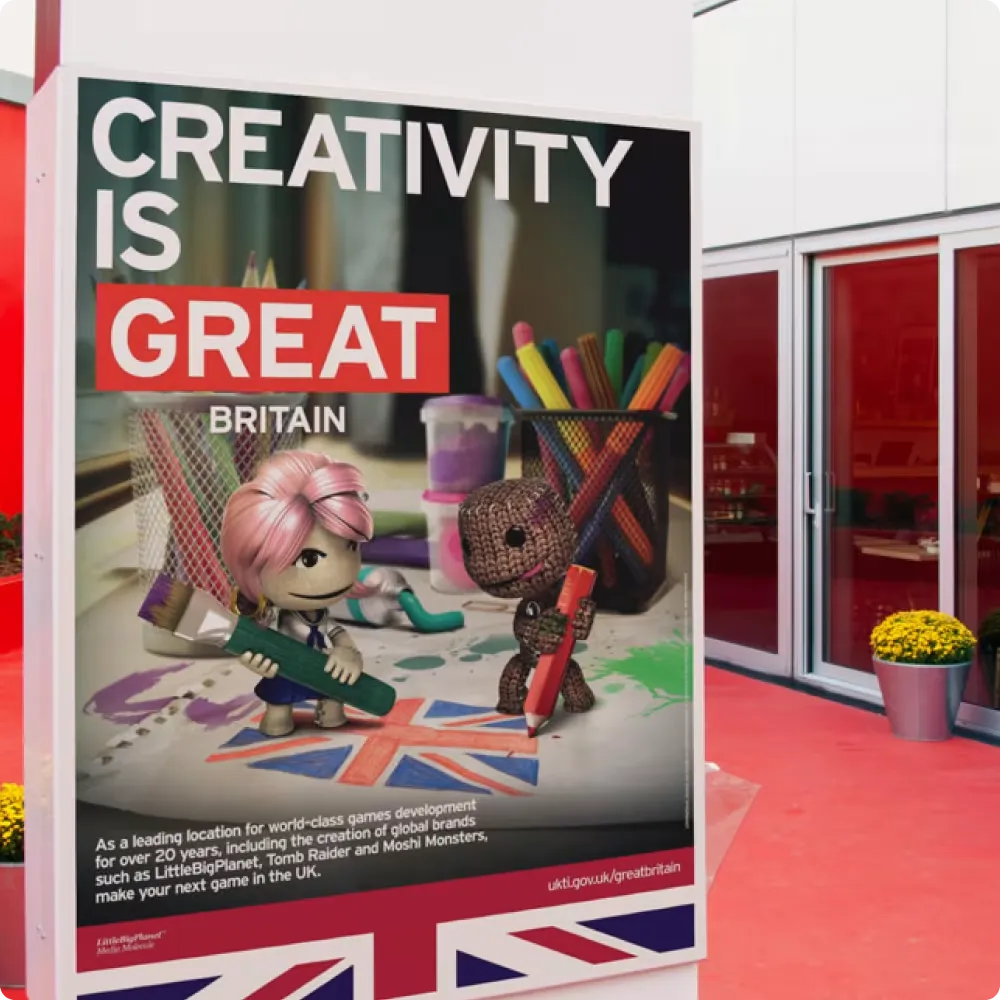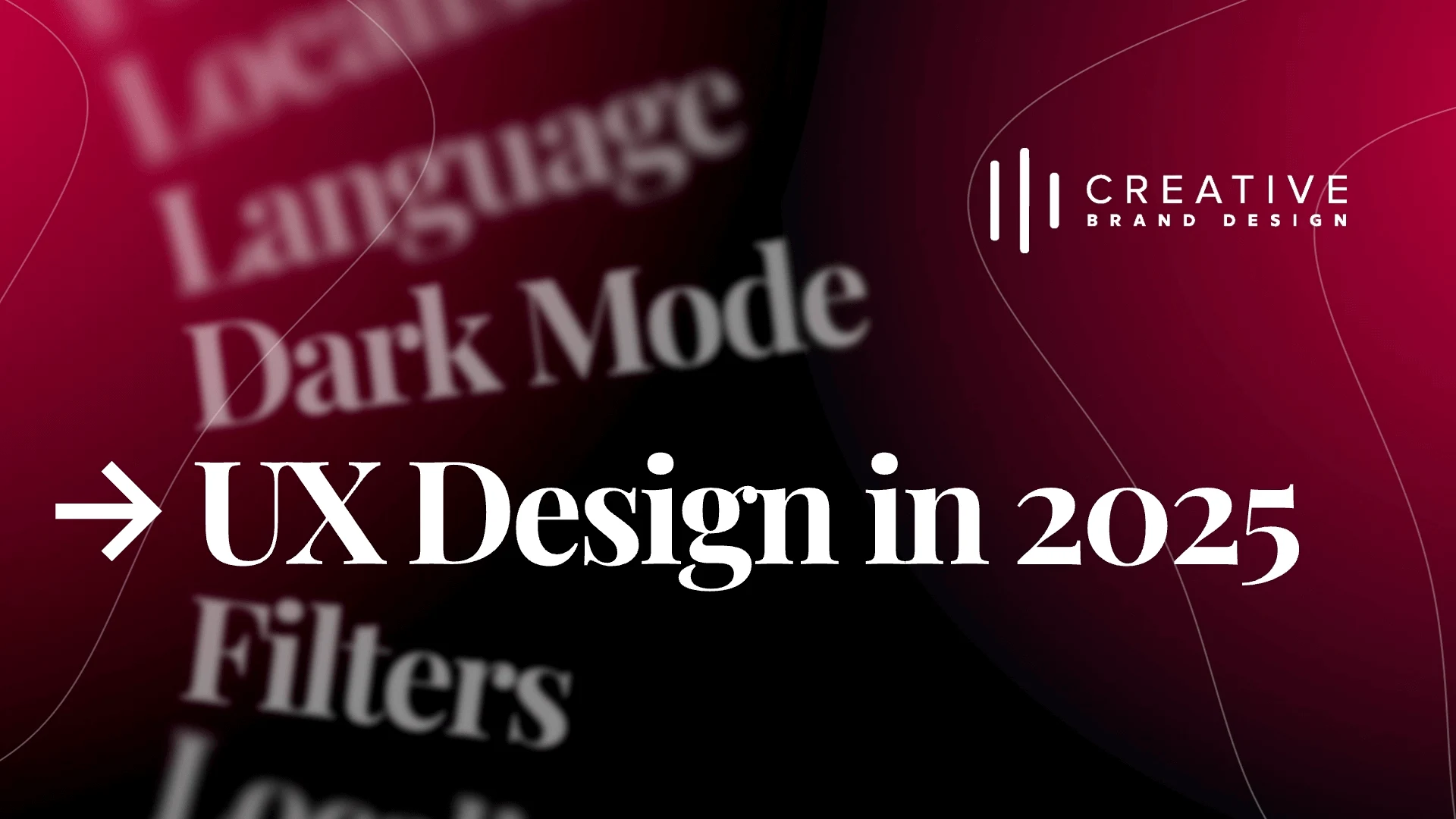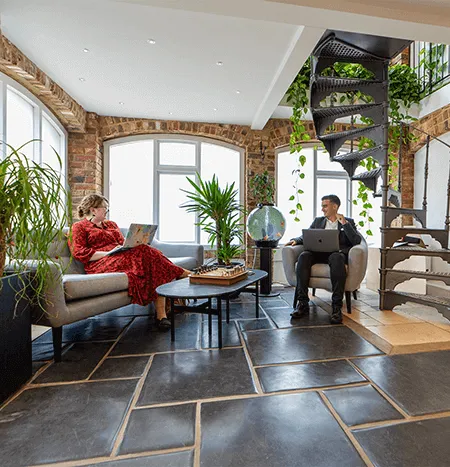
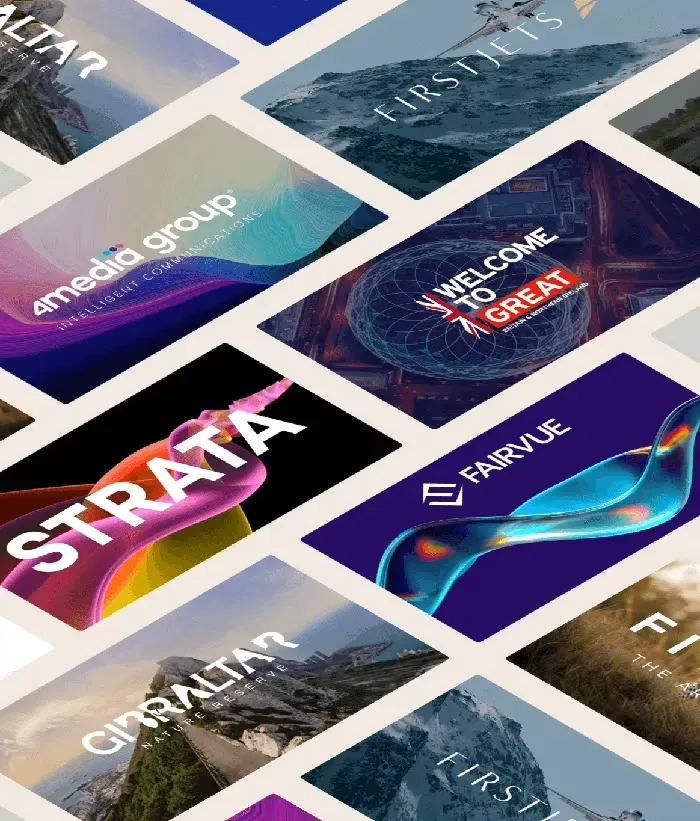
Leaders in Multilingual Website Design
As a leading multilingual web design agency in London, we have spent the last 12 years building multilingual, multi-language and multi-regional websites for 100+ projects around the world.
We work with clients to help them expand their reach globally through fast, secure and high performing multilingual websites. Our team of experienced experts can help you connect with one or multiple markets of your choice, enabling your business to grow and expand seamlessly no matter the language, region or culture.
Our Approach to Multilingual Web Design
Gone are the days of basic translations. At Creative Brand Design we optimise your site for cultural relevance, search engines rankings and an easy user experience. With over 17 years of experience, we have built award-winning multilingual websites that connect, engage and convert across every market.
Planning for Multilingual Success
At Creative Brand Design, we take the time to ensure your multilingual website is set up correctly from the start, through understanding your project goals, business and audience needs, to the multilingual architecture, language switching UX and other technical considerations. Determining these factors at the very beginning, ensures a smoother process and success later down the line.
Recent Multilingual Web Projects
What makes us different?
Highly Rated
Ranked No.1 UK & Europe web agency on Clutch out of 40,000 other agencies. Not to brag, but we’re independently recognised as one of the most highly rated WordPress agencies for our bespoke, high-performing multilingual websites. You’ll also find us featured at the top of Design Rush, Good Firms, Sortlist, Top Interactive Agencies and more! Proof that our work consistently stands out in the industry and connect with audiences worldwide.
Expansive Functionality
From multi-currency eCommerce and region-specific tax logic to booking systems or language switching tools, our multilingual WordPress websites are built with flexibility in mind. Our custom built WordPress websites use tailored functionalities and integrations, making your site easily adaptable and support your business goals across markets.
Fully Bespoke
We design and build multilingual WordPress websites entirely from scratch, no templates! Every site is fast, secure and scalable and tailored to your brand and audience across languages, regions and cultures.
Easy Language Switching
Our multilingual WordPress sites are designed to make switching languages easy, no matter the language, ensuring a seamless experience for users around the world.
Explore the Range of Custom Website Solutions
eCommerce & WooCommerce
Our websites deliver an industry-leading eCommerce experience, including excellent visual design, user-friendly navigation, an optimised shopping cart experience, secure and reliable online transactions, and robust SEO. Powered by WooCommerce, our sites provide scalability, flexibility and easy integration, ensuring a smooth and secure shopping experience.
EcommerceInteractive Websites
Our websites deliver an industry-leading interactive experience, featuring immersive design, engaging animations, and high performance. Every interaction is designed with purpose, enhancing user experience and increasing performance. We use industry-leading animation technology and frameworks such as GSAP, WebGL and Three.js to engage users, improve site engagement, and increase dwell time through fast, smooth and mobile friendly animations.
Enterprise Websites
Our websites deliver leading enterprise experiences, including excellent visual design, user-friendly navigation, robust security, scalable architecture, and seamless integration with third-party systems. Designed to handle high traffic and complex integrations, we implement secure encryption, firewalls and tailored API connections for CRM, ERP and payment gateways. We will provide all of the tools and functionality that you will need to streamline operations and achieve your business goals.
WordPress Websites
We specialise in enterprise WordPress CMS, customising it to provide a powerful, future-proof solution. Our flexible, block-structured websites are easy to update and highly scalable.
WordPressSustainable Websites
The internet is the 7th largest global polluter. We develop sustainable WordPress websites with lightweight framework, non-bloat code and using a number of optimisation techniques such as reducing unnecessary scripts and using efficient caching. This ensures minimal energy consumption while maintaining high performance and contributing to better ESG. It might not immediately seem like it, but creating green websites, when adopted as industry standard, will have a big effect on our overall efforts to combat climate change.
Our estimated average project return on
investment for our clients is 253%
Related Articles
How can we help you?
How many languages can a website support?
A website can support as many languages as needed. If on launch day you only want to have a couple of languages to start with but wish to add more later, that is no problem as our multilingual sites are structured to scale. We can also allow different users to manage content in different languages, assigning language-specific roles where needed.
What’s the difference between multilingual, multi-regional, and multi-site setups?
A multi-lingual site shows the same content to users but in different languages, with the structure and layout to remain consistent. This type of site ensures technical elements like the CMS and metadata support the language switch.
A multi-regional site targets users in different geographic areas, meaning that content might change depending on the region, delivering the right content to the right audience to help improve user engagement and SEO performance.
A multi-site is a flexible setup that involves creating separate websites for different regions or audiences, which is useful if a specific region needs something quite different. It is also beneficial to do in places such as China where unique hosting or domain considerations apply.Do I need separate domains for each language?
You can separate domains for each language, but it depends on your goals. Language versions can be set up as subdirectories, subdomains, or completely separate domains.
Using country-specific domains (ccTLDs) can benefit SEO by signalling localisation directly to search engines. In some countries (e.g., Russia or China), a local domain extension may be required to rank effectively in local search.What is the best URL structure for a multilingual site, subdomains, subdirectories, or ccTLDs?
The best URL structure for a multilingual site, depends entirely on your strategy. Here is each one broken down:
- Subdirectories are generally better for SEO if you want to retain the main domain’s authority.
- Subdomains act as separate sites, so authority does not carry over automatically.
- Country-specific domains are great when you are targeting specific regions and want a strong local presence in a particular area.
When working together, we review your goals and recommend the best structure to suit your business needs.
How do you handle international SEO and hreflang tags?
We implement international SEO and hreflang tags directly within the CMS. This includes setting up proper canonical URLs and hreflang attributes to avoid duplicate content and ensure the correct language version is served to the right users in search engines.
We also make SEO recommendations based on your domain structure and target markets to help you get the best possible visibility internationally.Can you help with content translation?
Yes, we work with trusted translation partners and can offer a range of solutions based on your needs. We have previously translated hundreds of pages for multilingual websites, including projects for the Department for International Trade.
Do you use AI translations, human translators, or both?
We can provide all of the above, including: AI translations, translations via external services, or professional human translators but depending on your budget and requirements, we will advise what is best for you. In most cases, we recommend using human translation for anything customer-facing, especially when tone of voice matters as despite AI and service-based translations being quicker and more cost-effective, they may lack cultural nuance or miss brand-specific language.
How do you ensure content is culturally appropriate?
We work with experienced translation partners and take care to ensure that the correct dialect and tone are used for each region. We also review your target demographics and adjust content, layout, UI/UX, and even colour choices to suit cultural preferences. As part of our process, we can advise on how to best engage users in each region.
Can you create different page layouts or designs for different regions or languages?
Yes, the CMS and tools we use support custom layouts per region or language. This is helpful when a different structure is needed to better suit the content, reading direction, or user behaviour of specific audiences.
Will the website automatically detect a user’s language or location?
Yes, because our sites detect users’ IP addresses or browser language settings so that it can provide the appropriate language or region-specific content straight away, which enables users to see a version of the site that is custom to them.
How is translated content managed in the CMS?
The CMS allows you to switch between different language versions of each page very easily. We can either update each version individually or bulk translate for larger sites, this makes it a lot easier to manage multi-language content.
Can you build multilingual eCommerce sites with different currencies and pricing?
Yes, we can provide different currencies and pricing on your site, depending on where the user is located and language preference, which provides a better user experience. You can either set your own exchange rates manually or use dynamic currency conversion with live rates.
Are there legal requirements for multilingual websites in certain countries?
Yes, certain countries have specific legal or privacy requirements, which is why we advise you on what is needed for your multilingual website and help implement the necessary pages and policies for compliance. For example, cookie policies, data protection regulations, and language mandates may differ by region.
What is the typical timeline for building a multilingual site?
The typical timeline for building a multilingual site depends on the size, but a standard 10-page single-language website typically takes 8 to 12 weeks. For a multilingual site, timelines generally extend to 10 to 14 weeks depending on the number of languages and the amount of content.
Can I start with one language and add more later?
Yes, we often recommend starting with one language and adding more later, which is simple as we build the site with this in mind. This makes it scalable, allowing for your site to grow with time.


